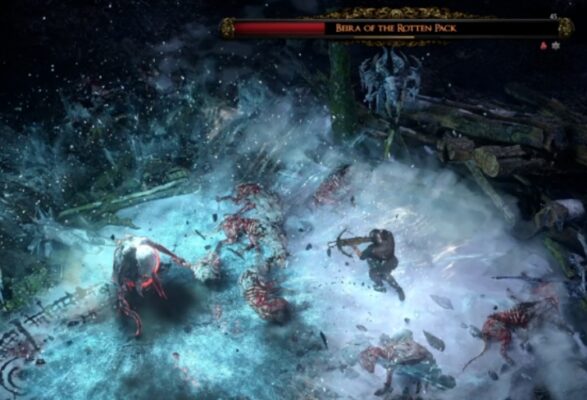The Depth of Passive Skill Trees in poe 2
The Depth of Passive Skill Trees in poe 2
Path of Exile 2 continues the franchise’s tradition of offering players unparalleled freedom in character building, and one of its most defining features is the updated passive skill tree system. For many fans, the passive tree has always been the cornerstone of the game, providing countless ways to craft unique builds and experiment with creative strategies. In the sequel, Grinding Gear Games has taken this iconic system and refined it further, making it more intuitive while maintaining the complexity that long-time players love.
The first noticeable change is the structure of the passive tree itself. While still massive in scope, the new design is easier to navigate, with clearer pathways and better grouping of related nodes. This improves the learning curve for newer players, who previously may have felt overwhelmed by the daunting number of options. At the same time, veterans still have access to a wide range of intricate routes, ensuring the deep theorycrafting aspect remains intact.
One of the most exciting additions is the introduction of ascendancy-style progression woven more naturally into the tree. Instead of being locked behind separate systems, powerful archetype-defining passives can now be integrated directly, giving players a smoother progression from early game to endgame. This allows characters to feel powerful earlier while still leaving room for long-term investment. It also means that your choices in the campaign will more directly influence the shape of your final build.
Another key improvement is the way passive nodes interact with active skills. In Path of Exile 2, the tree is more connected to the skill gem system, allowing for nodes that specifically enhance or alter how certain abilities function. For example, a cluster may empower elemental skills by adding secondary effects, or it could convert physical damage into a specific element to align with a chosen strategy. These interactions create exciting opportunities for synergy, encouraging players to think beyond raw statistics and consider the overall identity of their builds.
The new tree also emphasizes build diversity by reducing the dominance of a few “must-have” nodes. In the first game, certain clusters were almost mandatory for competitive play, which often led to homogenized builds. Path of Exile 2 addresses this by spreading out key bonuses and introducing more specialized options that encourage experimentation. Instead of everyone chasing the same damage multipliers, players can explore utility, survivability, or unique mechanics that make their characters stand out.
The aesthetics of the tree have also received an upgrade. While functionality remains paramount, the visual presentation is cleaner and more readable, helping players keep track of their paths and long-term goals. Combined with improved UI elements, this makes the planning stage of a build more satisfying and less intimidating.
For theorycrafters, the possibilities are almost endless. Every decision matters, from the first small node you select to the larger keystones that define your playstyle. The passive skill tree in Path of Exile 2 isn’t just a tool for progression; it’s a creative canvas where players express their vision of the perfect character.
By evolving this system while retaining its core identity, poe 2 currency ensures that players will continue to engage in the deep, rewarding process of crafting unique builds. Whether you’re a casual player experimenting with fun ideas or a competitive veteran optimizing for maximum efficiency, the new passive skill tree stands as one of the most exciting features of the sequel.
Sorry, there were no replies found.
Log in to reply.


